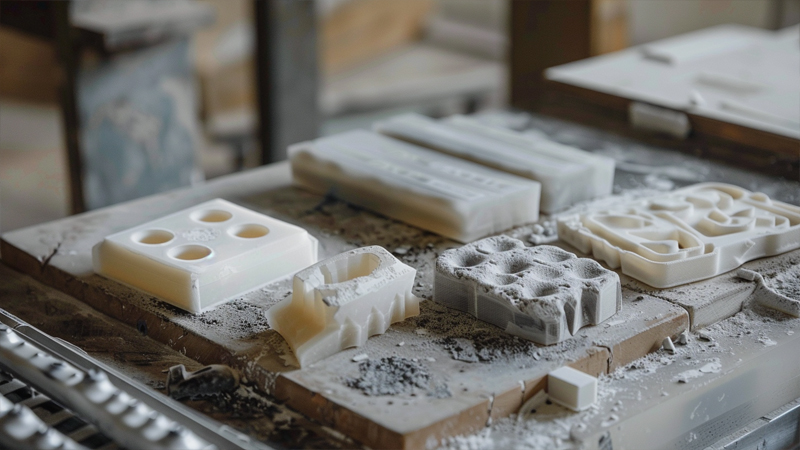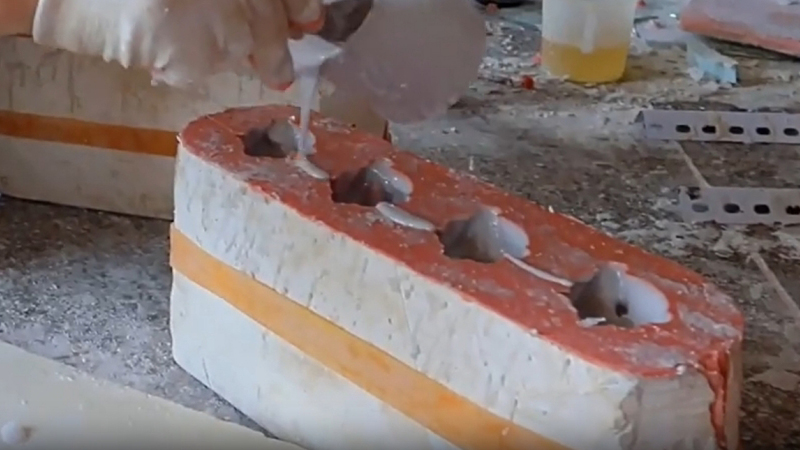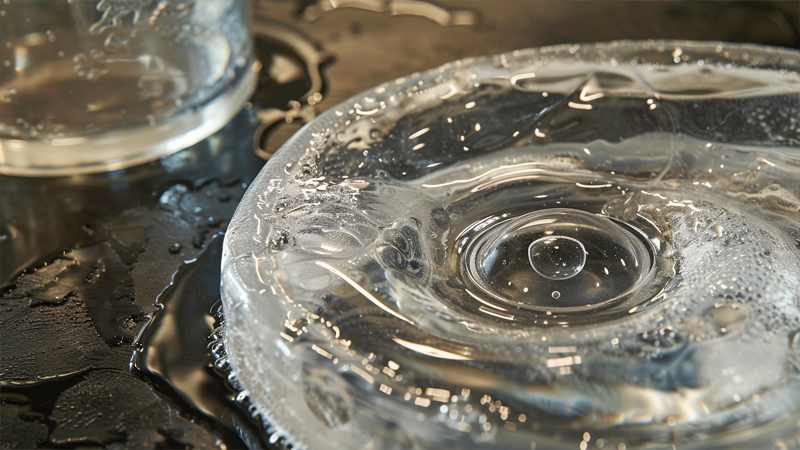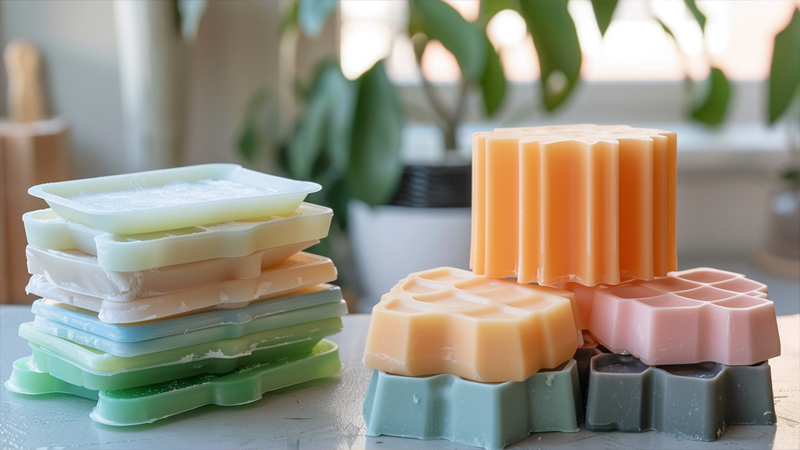
I ruined my first resin mold by using cheap silicone – it tore like wet paper. Now, I make molds that last for hundreds of pours. Let me show you how.
Use platinum-cure silicone for durability, or try reusable plastic molds for beginners. Always degas your silicone to prevent bubbles in your resin casts.
Ready to mold like a pro? Let’s dive in.
What materials are best for creating durable resin molds?
My favorite mold material1 feels like a gummy bear2 but lasts forever. It’s all about choosing the right silicone3 for your project.
Platinum-cure silicone is best for intricate details, while tin-cure works for simple shapes. For beginners, pre-made plastic molds are foolproof.

Mold Material Comparison
Here’s what I’ve tested:
| Material | Durability | Detail Level | Best For |
|---|---|---|---|
| Platinum silicone | 100+ uses | High | Jewelry, figurines |
| Tin silicone | 50 uses | Medium | Coasters, trays |
| Plastic | 20 uses | Low | Beginners, bulk work |
I once made a mold from food-grade silicone – it worked great until I realized it was too flexible for heavy resin pours. Now I stick to shore hardness 20A for most projects.
Can you provide a step-by-step guide to making custom resin molds?
I learned mold-making4 by trial and error – mostly error. Here’s the foolproof method5 I wish I’d known from the start.
1. Prepare your master model
2. Build a mold box
3. Mix and pour silicone
4. Cure and demold

My Mold-Making Ritual
Here’s my exact process:
- Clean the model: Use isopropyl alcohol
- Apply release agent: Even on non-porous surfaces
- Build the box: Lego bricks work great!
- Mix silicone: Stir slowly to avoid bubbles
- Pour carefully: Start from one corner
Last week, I made a two-part mold for a dragon figurine. The trick? Use registration keys (little bumps) so the halves align perfectly every time.
How can you troubleshoot common mold-making issues?
My first mold looked like Swiss cheese1 – bubbles everywhere. Now I know how to fix every mold-making mishap2.
For bubbles, use a vacuum chamber. For tears, reinforce with fiberglass. For sticky surfaces, check your mixing ratios.

Problem-Solving Guide
Here’s how I fix common issues:
| Problem | Cause | Fix |
|---|---|---|
| Bubbles | Improper mixing | Degas silicone before pouring |
| Tears | Thin walls | Add thickening powder |
| Sticky surface | Incure cure | Check room temperature |
| Misaligned halves | No registration keys | Add clay bumps before pouring |
I saved a mold with micro tears by brushing on XTC-3D resin – it filled the gaps and made the mold stronger than new!
What are the pros and cons of reusable vs single-use molds?
I used to hate single-use molds6 – until I made 100 identical pendants7 in a day. Sometimes disposable is better.
Reusable molds last longer but cost more upfront. Single-use molds are cheaper but create more waste.

Mold Type Comparison
Here’s how they stack up:
| Feature | Reusable Molds | Single-Use Molds |
|---|---|---|
| Cost | $20+ | $2-$5 |
| Durability | 100+ pours | 1 use |
| Detail | Excellent | Good |
| Eco-friendliness | Better | Creates waste |
For my wedding favor project, I used single-use molds – no cleaning between pours meant I could make 200 pieces in a weekend. Worth the waste? Absolutely.
Conclusion
Great molds make great resin art. Start simple, learn from mistakes, and soon you’ll be molding like a master.
-
This resource will guide you through the best mold materials available, helping you select one that lasts and meets your needs. ↩ ↩
-
Learn about materials with similar properties to gummy bears, which can enhance your project with unique textures and durability. ↩ ↩
-
Explore this link to discover various silicone types and their applications in mold making, ensuring you choose the best for your project. ↩
-
Explore this link to discover expert techniques and tips for successful mold-making, ensuring you avoid common pitfalls and errors. ↩
-
Learn about foolproof methods that can streamline your mold-making process and enhance your results, saving you time and frustration. ↩
-
Discover how single-use molds can enhance your crafting efficiency and creativity, especially for mass production. ↩
-
Learn techniques for creating identical pendants that can save time and improve your crafting skills. ↩





